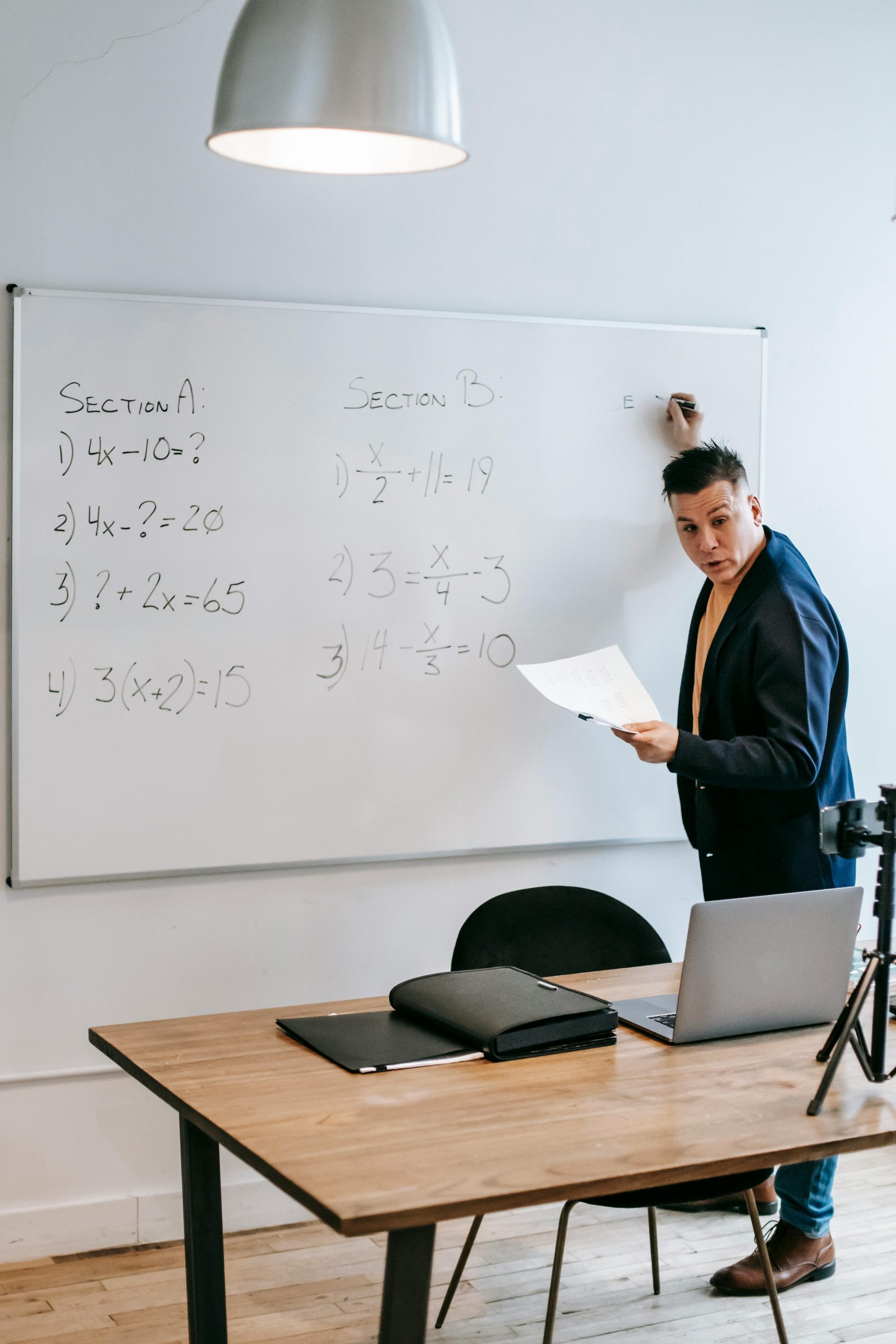Understanding the Recent Statewide Ban on Personal Devices in Schools: What You Need to Know
In a recent legislative development, our state has enacted a comprehensive ban on personal electronic devices within school premises. This sweeping policy prohibits students from carrying laptops, smartphones, music players, Chromebooks, digital recorders, e-readers, and similar gadgets during school hours.
The rationale provided for this measure highlights concerns about cyberbullying and classroom distractions. However, many students and educators argue that such blanket bans overlook the nuanced realities of modern learning environments. For example, some students rely on personal devices for accommodations, such as managing anxiety or reading difficulties. Additionally, downtime during classes often involves using devices for educational or entertainment purposes, especially for those with specific learning needs.
One particularly controversial aspect of the regulation is the anticipated enforcement. Reports suggest that law enforcement officers will be present on school campuses to monitor and enforce device restrictions, a move that many perceive as excessive and invasive. This raises questions about privacy, rights, and the practicality of policing personal device use in an educational setting.
Support for this legislation among representatives appears to have been significant, with a substantial majority voting in favor. Yet, there is concern that input from the student community was largely absent during the decision-making process, leading many to see this as an overreach of authority.
Critics argue that issues like cyberbullying predominantly occur outside school hours and are better addressed through targeted policies rather than an outright ban on all personal devices. Furthermore, a total prohibition ignores the diverse ways students use technology to enhance their educational experience. For instance, for students with certain learning challenges, devices provide essential support — enabling them to participate fully and effectively in class.
It’s also important to note the historical context: in the past, some schools attempted to ban personal devices entirely, only to realize that such measures can be overly restrictive and counterproductive. Many institutions found success in implementing policies that limit device use during instruction but allow for controlled access during breaks or in specific circumstances.
Ultimately, this new statewide policy has raised significant debates about the balance between maintaining a focused learning environment and respecting students’ rights and needs. As the conversation continues, educators, students, and policymakers must collaborate to develop approaches that promote both safety and educational integrity without resorting to draconian measures.
Stay informed about ongoing developments, and consider voicing your perspectives to ensure that student welfare remains at the forefront of educational policy decisions.
